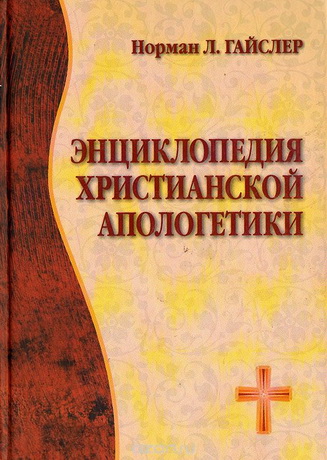
Chryssides - Historical Dictionary of New Religious Movements - модуль BibleQuote
George D. Chryssides - Historical Dictionary of New Religious Movements
Lebanon: The Scarecrow Press, Inc., 2012. – 446 p.
ISBN 978-0-8108-6194-7 (cloth : alk. paper)
ISBN 978-0-8108-7967-6 (ebook)
New religious movements (NRMs), or “cults” to those who tend to denigrate them, are an amazingly variegated group. Some are theologically conservative, others radically innovative; some reach forward to a remote future, others back to the distant past. They may stick to one broad religious tradition or mix several, their approaches to morality and ethics often have little in common, and their religious practices and organizations are equally eclectic. Many have arisen in Europe or the United States, but there are more and more coming from Asia, Africa, and Latin America. More remarkable, while some NRMs have waxed and attracted numerous adherents, others have waned and could disappear. There is no way of summing them up in a few simple pat phrases. And that is why this Historical Dictionary of New Religious Movements is so useful. It just presents and describes and then leaves readers to draw their own conclusions.
But this is not as simple as it sounds. Readers of this unique volume in the religion series will immediately be impressed by the enormous amount of research needed just to present and describe the more significant new religions. There are more than 500 in this one volume, some fairly well known—if often superficially—but others that many readers will never have heard of. Each has its own entry and perhaps another on its founder. There are also numerous entries on salient aspects of NRMs and broader traditions as well as key writings and crucial concepts. While the dictionary provides a handy reference to the parts, the whole is treated more comprehensively in an introduction that examines the genesis and growth of new religious movements as a category. The chronology tracks their emergence over time, and the bibliography directs interested readers to more specialized and complete sources.
This is now the second edition of the volume, and it is written by the same author as the first, who has, among other things, updated old entries and added more than 100 new ones as well as considerably expanding the bibliography. That is no mean feat when it comes to gathering data on many poorly known NRMs, including some that go out of their way to keep their workings secret. George D. Chryssides has spent decades accumulating the information we find here. Initially, he studied philosophy and theology at the University of Glasgow and received a doctorate in the philosophy of religion from Oriel College, Oxford University, in 1974. Since then, he has taught at several universities, in particular the University of Wolverhampton, where he became senior lecturer in religious studies, and he is now honorary research fellow in contemporary religion at the University of Birmingham. During this period, he has also served in working parties and groups, such as the Centre for the Study of New Religious Movements in Selly Oak Colleges and the Council for Religious Freedom. He has written dozens of articles and chapters as well as several books, including The Advent of Sun Myung Moon, Exploring New Religions, and A Reader in New Religious Movements as well as the Historical Dictionary of Jehovah’s Witnesses in this series. Thanks to this considerable experience, Dr. Chryssides has developed a broad and deep view of a still poorly known field as well as a knack of imparting this information to others.
* * *
INTERNATIONAL SOCIETY FOR KRISHNA CONSCIOUSNESS
An organization in the Hindu bhakti tradition, which recognizes Krishna as the supreme personality of godhead. The movement was founded by A. C. Bhaktivedanta Swami Prabhupada in 1965, when he came from Vrindaban to New York to teach “Krisha Consciousness” to the West. ISKCON devotees became particularly well known for chanting the “Maha Mantra,” said to have been taught by Chaitanya (ca. 1485–1533): “Hare Krishna; Hare Krishna; Krishna Krishna; Hare Hare; Hare Rama; Hare Rama; Rama Rama; Hare Hare.” Prabhupada’s teaching, together with the now-famous chant, originally appealed to some among the American youth counterculture. The movement gained momentum by the involvement of former Beatle George Harrison, and the mantra became widely known as a result of his song “My Sweet Lord” (1968). ISKCON’s first large temple was opened in San Francisco, and by 1973 a total of 21 temples had been opened worldwide.
ISKCON is particularly renowned as a means of making Hindu teachings and practice accessible to westerners. There are two forms of initiation (diksha) within the movement: as a householder or as a sannyasin. All devotees are obliged to keep four vows: avoidance of meat, fish, and eggs; no intoxicants or stimulants; no illicit sex; and no gambling. Additionally, devotees are required to chant 16 “rounds” of the mantra daily, a round being 108 single recitations, measured with a rosary of 108 japa beads. Illicit sex for the sannyasin entails the total avoidance of sex, whereas the householder is permitted to have sexual intercourse but only for the explicit purpose of procreation.
Krishna is regarded as the primordial form of God, with Vishnu and other forms of deity (both personal and impersonal) as emanations. Emphasizing the importance of bhakti (devotion), ISKCON follows the dvaita (personalist) philosophy of Ramanuja (11th/12th centuries CE) rather than advaita (impersonalist) views of deity propagated by Shankara. Particular emphasis is given to the Bhagavad Gita and the Srimad Bhagavatam, both of which focus on Krishna and are studied in Prabhupada’s own translation.
Following Prabhupada’s death in 1977, the ISKCON movement was run by a governing council, headed by 11 swamis—mainly westerners—whom Prabhupada initiated. Worldwide membership is 1,000,000, with 8,000 full-time devotees (1998). See also BRAHMACHARI; GAUDIYA MATH; GURU.
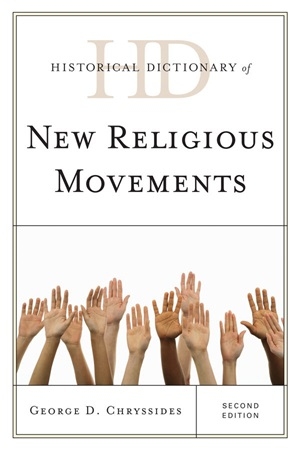
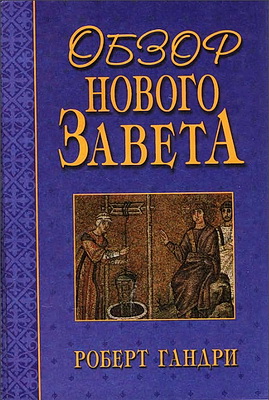
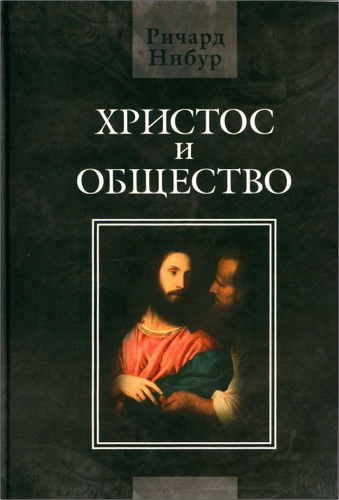
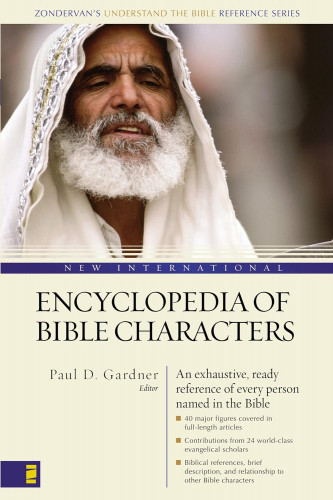
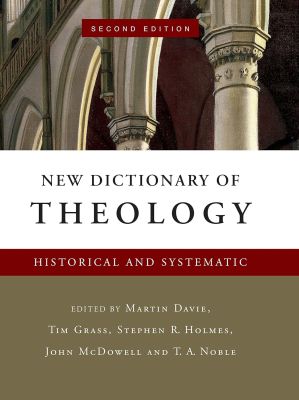
Комментарии
Пока нет комментариев. Будьте первым!